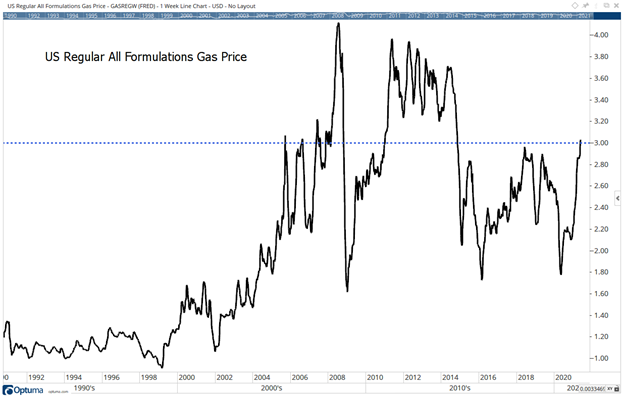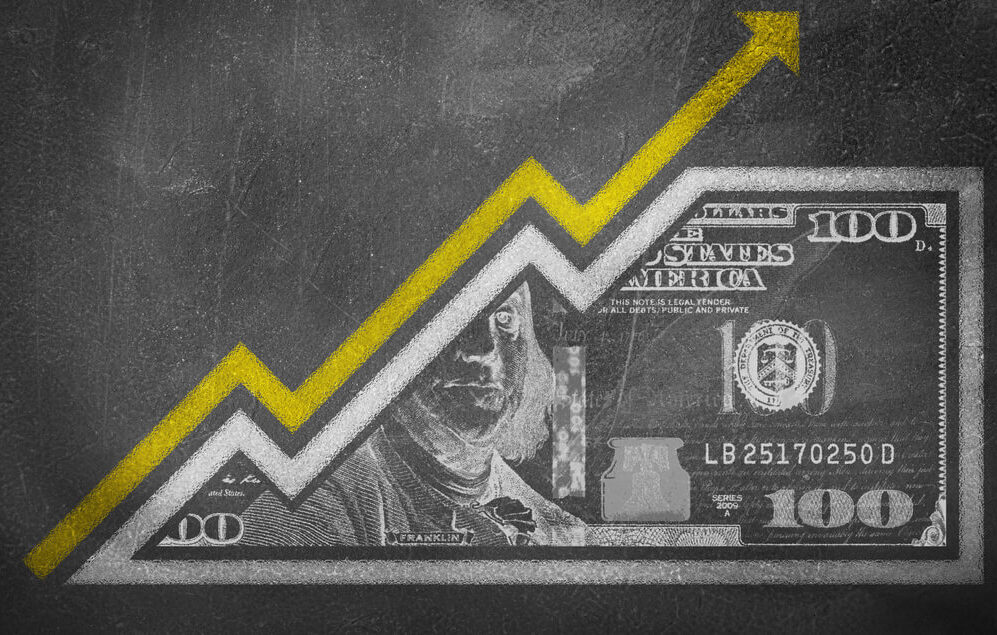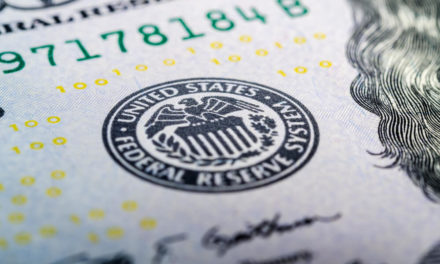As the economic recovery continues, price pressures are growing. Consumers might call this inflation. The Federal Reserve is choosing to ignore it as transitory inflation.
At the most recent Fed meeting, minutes indicate the Fed considered the issue of higher prices but believes the problem will resolve itself.
Meeting minutes said: “Participants also noted that the expected surge in demand as the economy reopens further, along with some transitory supply chain bottlenecks, would contribute to PCE price inflation temporarily running somewhat above 2%.
After the transitory effects of these factors fade, participants generally expected measured inflation to ease.”
Fed officials are “participants” in the minutes.
In the statement, the word “transitory” appears eight times. History shows the Fed may be right. Higher prices may not be permanent. But transitory can be long-lasting.
The chart below shows gasoline prices. AAA reports the average price of gas is about $3.04 across the nation, above $3 for the first time since the fall of 2014.
“Transitory” Inflation’s Gas Prices Lasted Years

Source: Optuma.
“Transitory” Inflation Could Impact Consumer Sentiment for Years
While the last price move above $3 did prove to be transitory, it lasted four years. This might not be what consumers think of as transitory. The Fed may be correct in using that term, but consumers will still feel the effects of inflation.
Higher gas prices are bad news for consumers. The Bureau of Labor Statistics estimates the average consumer spends 3.2% of their income on gas. Part of that need is nondiscretionary.
Consumers need gas to get to work or school, to shop for food and to get to medical appointments. Higher prices reduce the amount of money available for other spending.
Recent events like the ransomware attack on Colonial Pipeline show that some fuel price increases aren’t directly related to demand. Infrastructure determines supply to some degree —meaning that even if consumers cut back on driving, gas prices may not fall.
High gas prices contributed to poor consumer sentiment in the last recovery. It’s likely to do the same. And since transitory effects can last for years, consumers should prepare for higher prices now.
While I didn’t exactly design the internet, I can take full credit for this.
I’ve created a first-of-its-kind innovation in the financial markets. It allows everyday traders to get ahead making one simple trade per week.
Click here to see how it works.
Michael Carr is a Chartered Market Technician for Banyan Hill Publishing and the Editor of One Trade, Peak Velocity Trader and Precision Profits. He teaches technical analysis and quantitative technical analysis at the New York Institute of Finance. Mr. Carr is also the former editor of the CMT Association newsletter, Technically Speaking.
Follow him on Twitter @MichaelCarrGuru.





